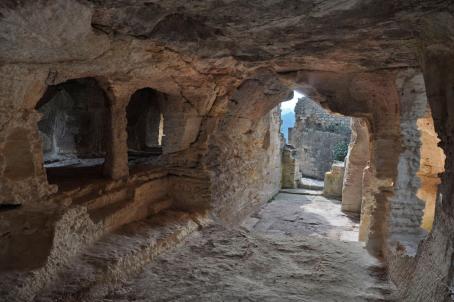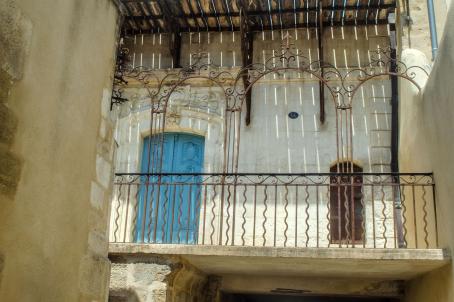Synagogue in Avignon
The Synagogue in Avignon is a Sephardi synagogue built in 1849 by architects Duchesne and Joseph-Auguste Joffroy. This Neo-Classical stone building still serves as a synagogue.
About this building
For more information visit on this building visit http://historicsynagogueseurope.org/browser.php?mode=set&id=5427





